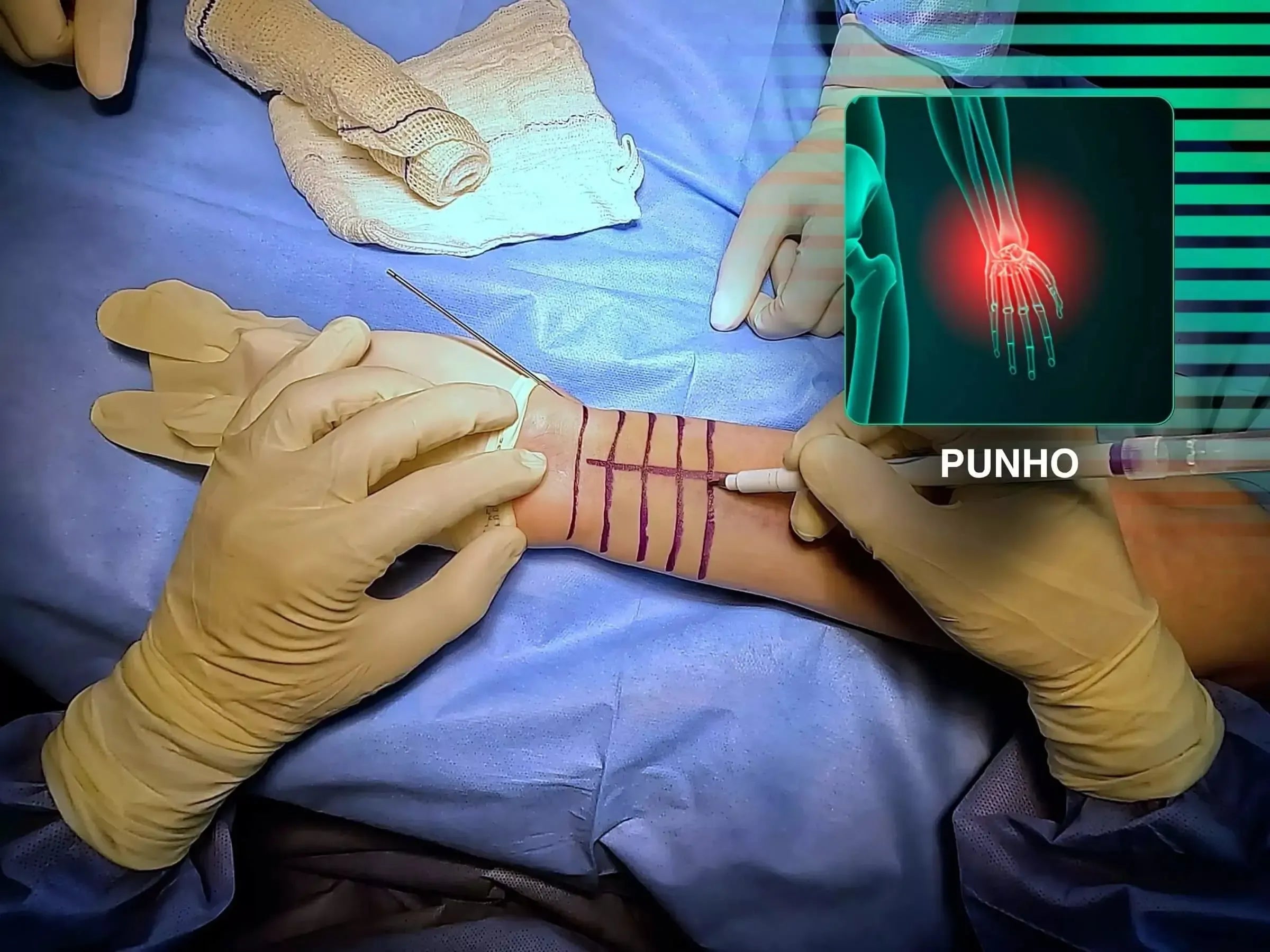
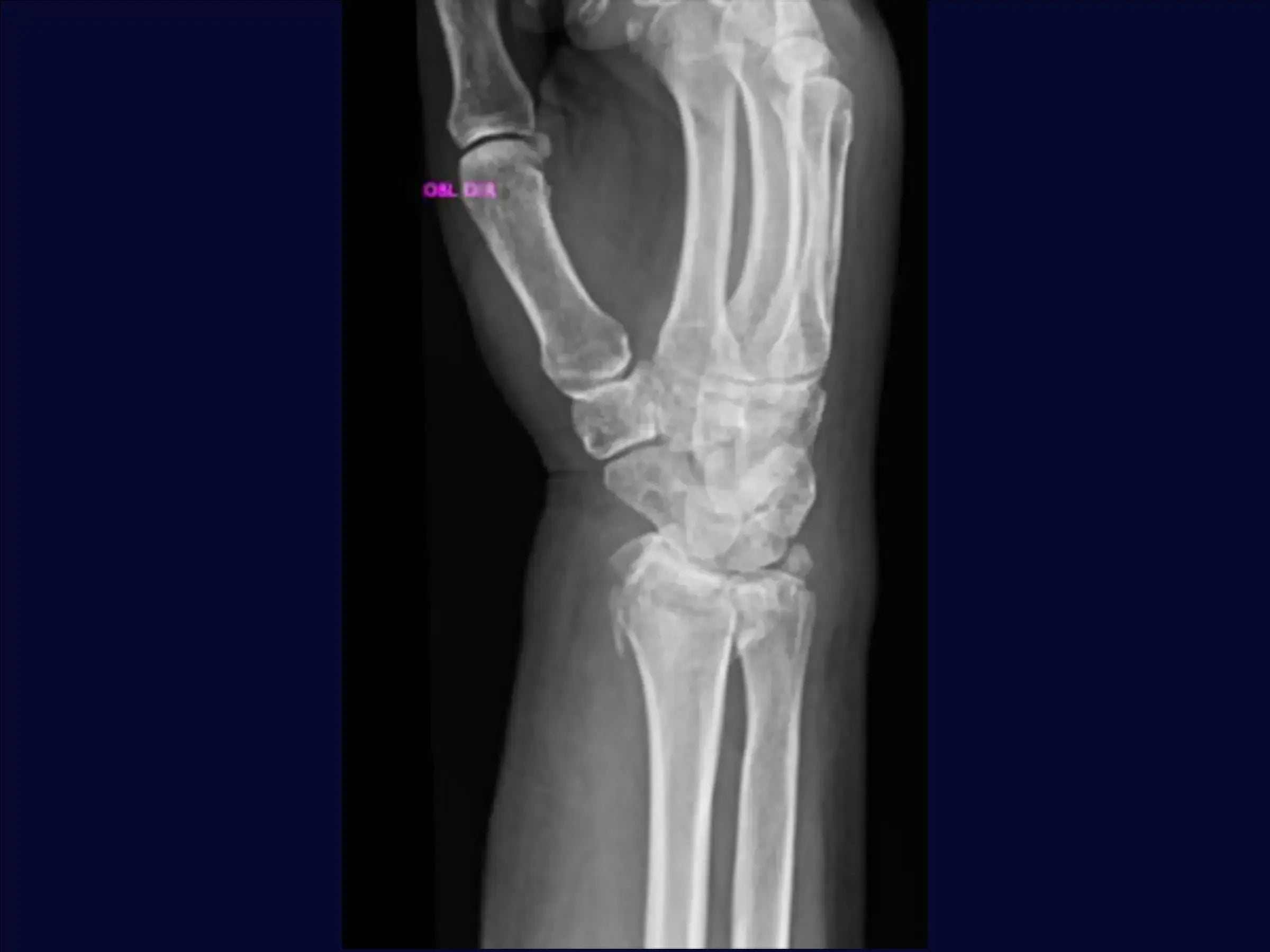
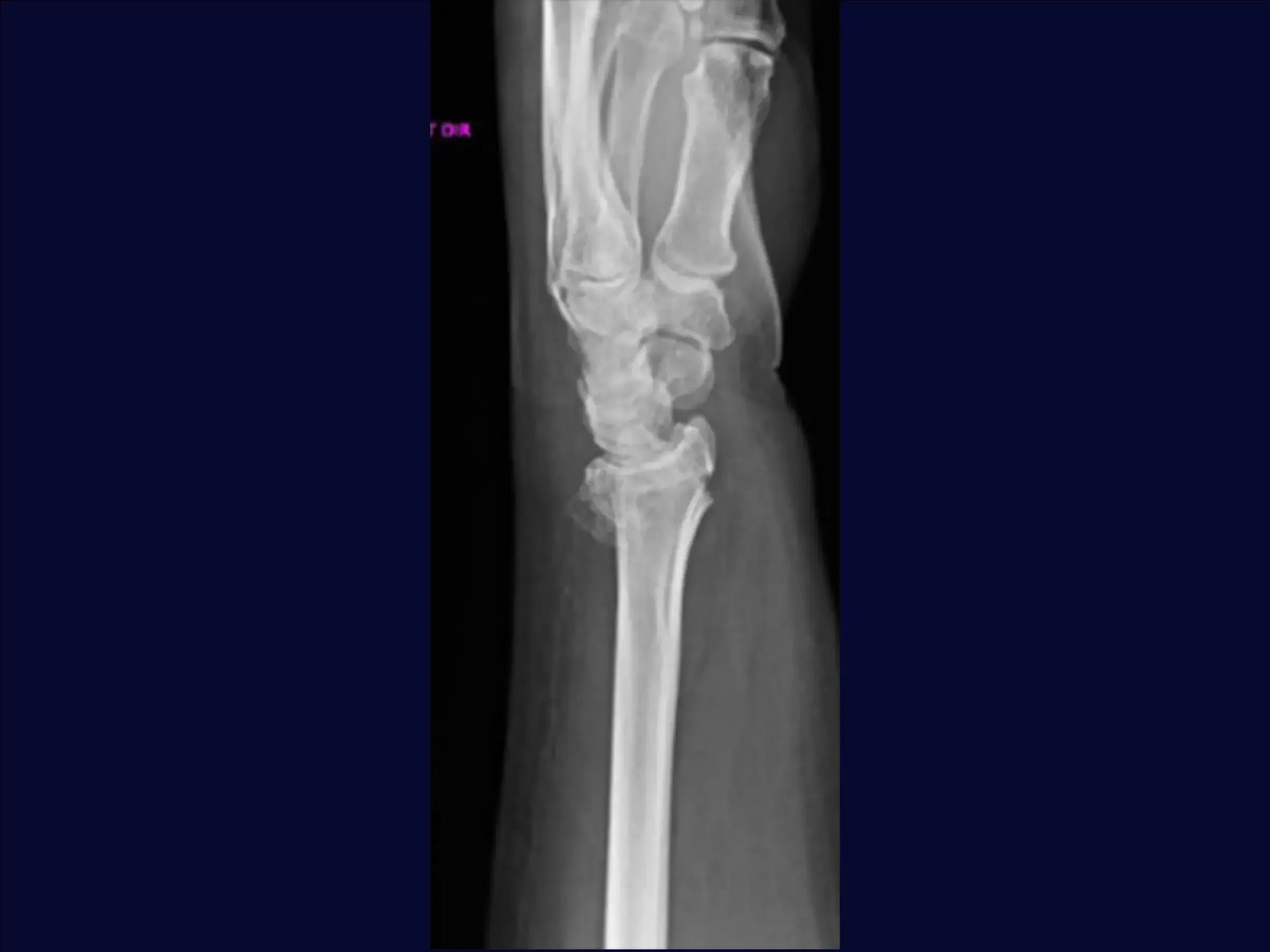
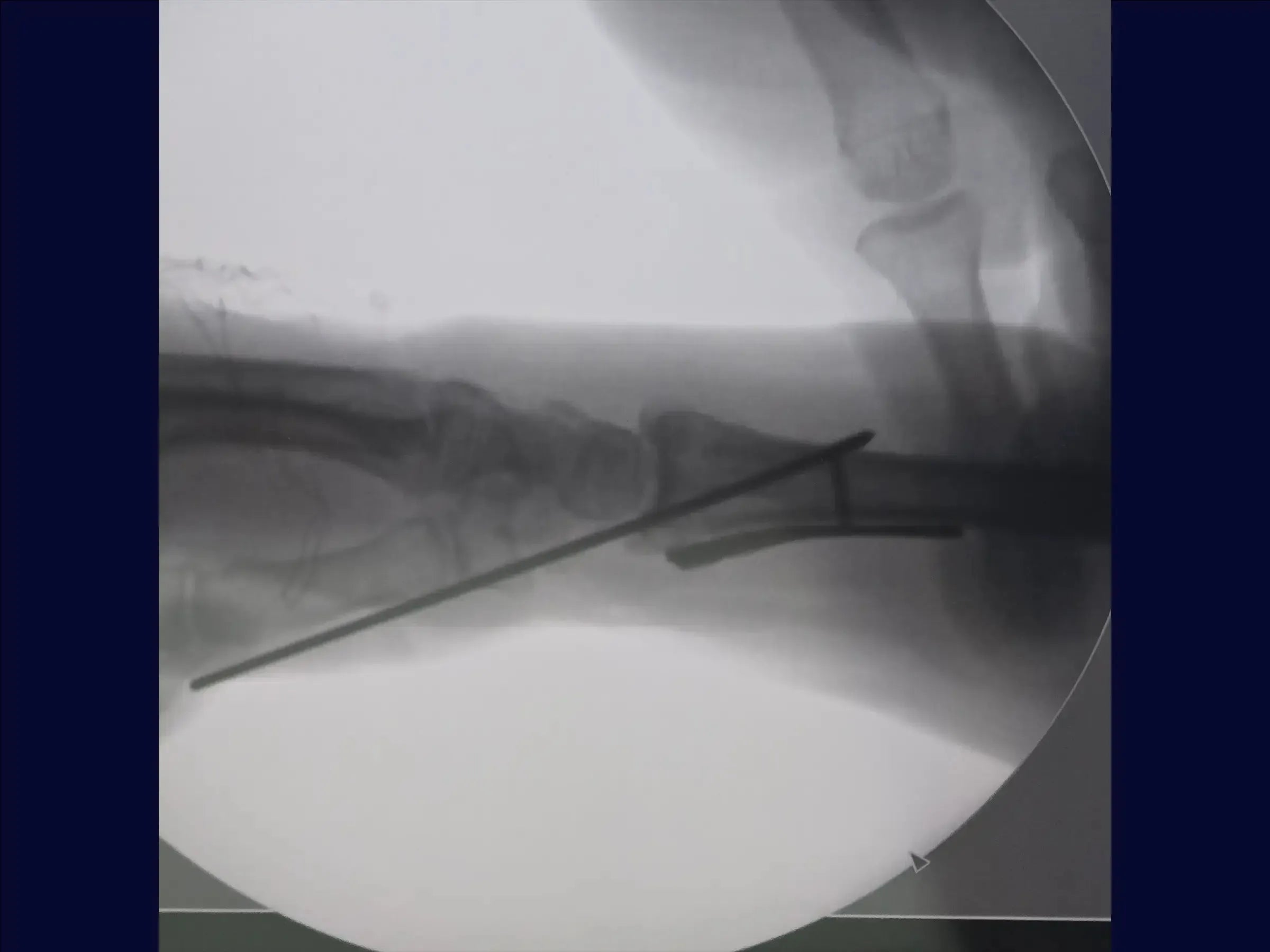
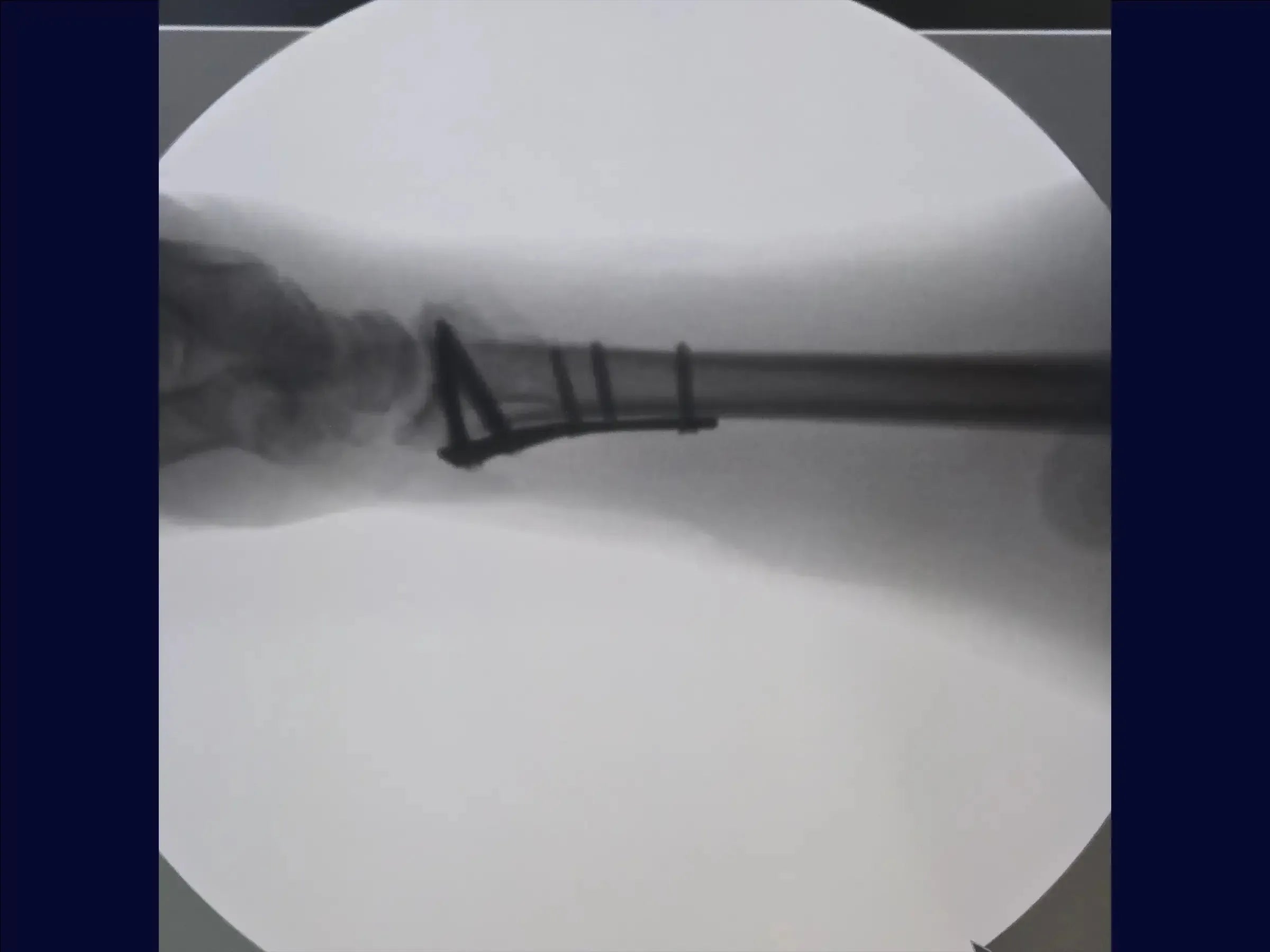
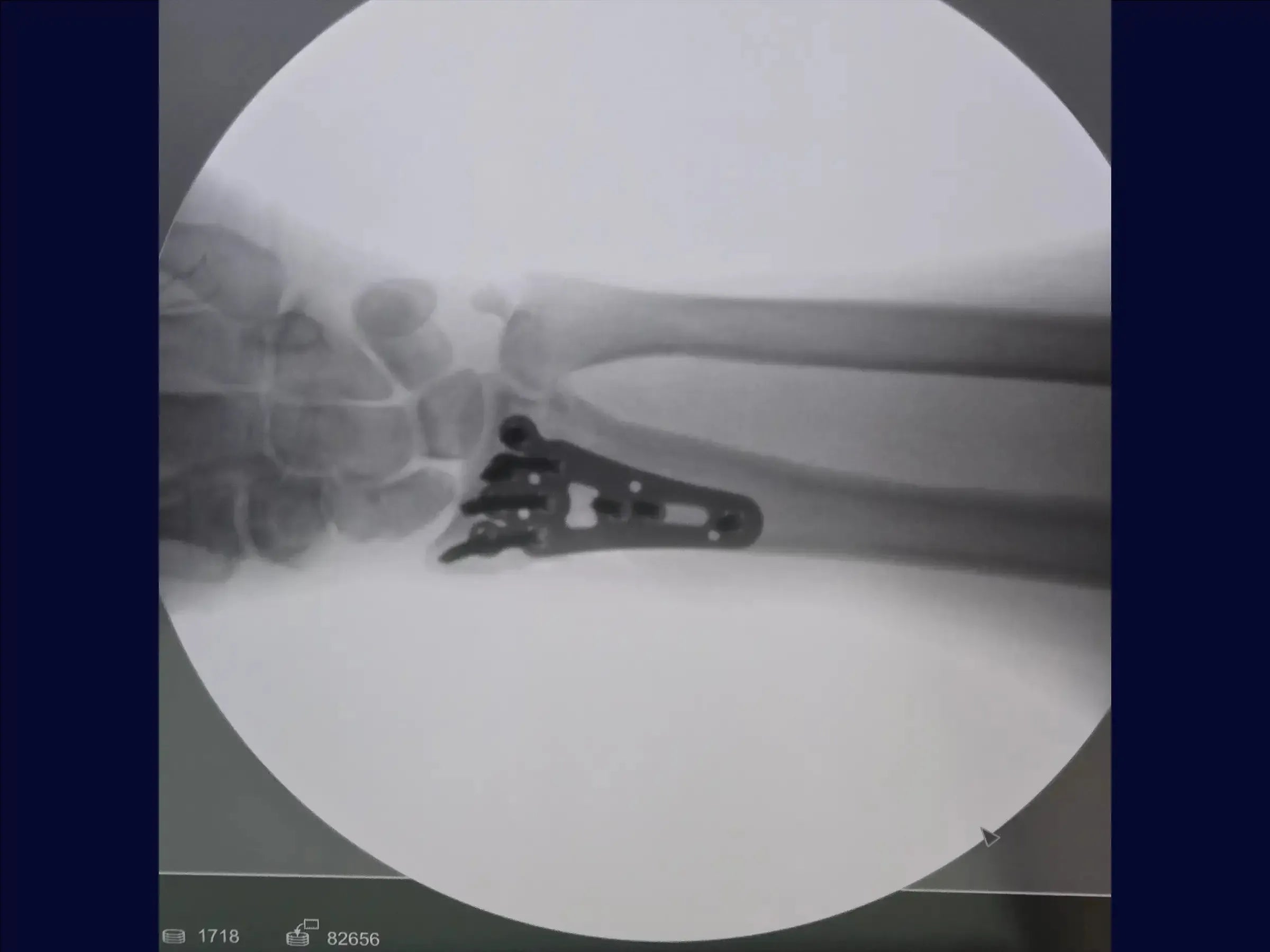
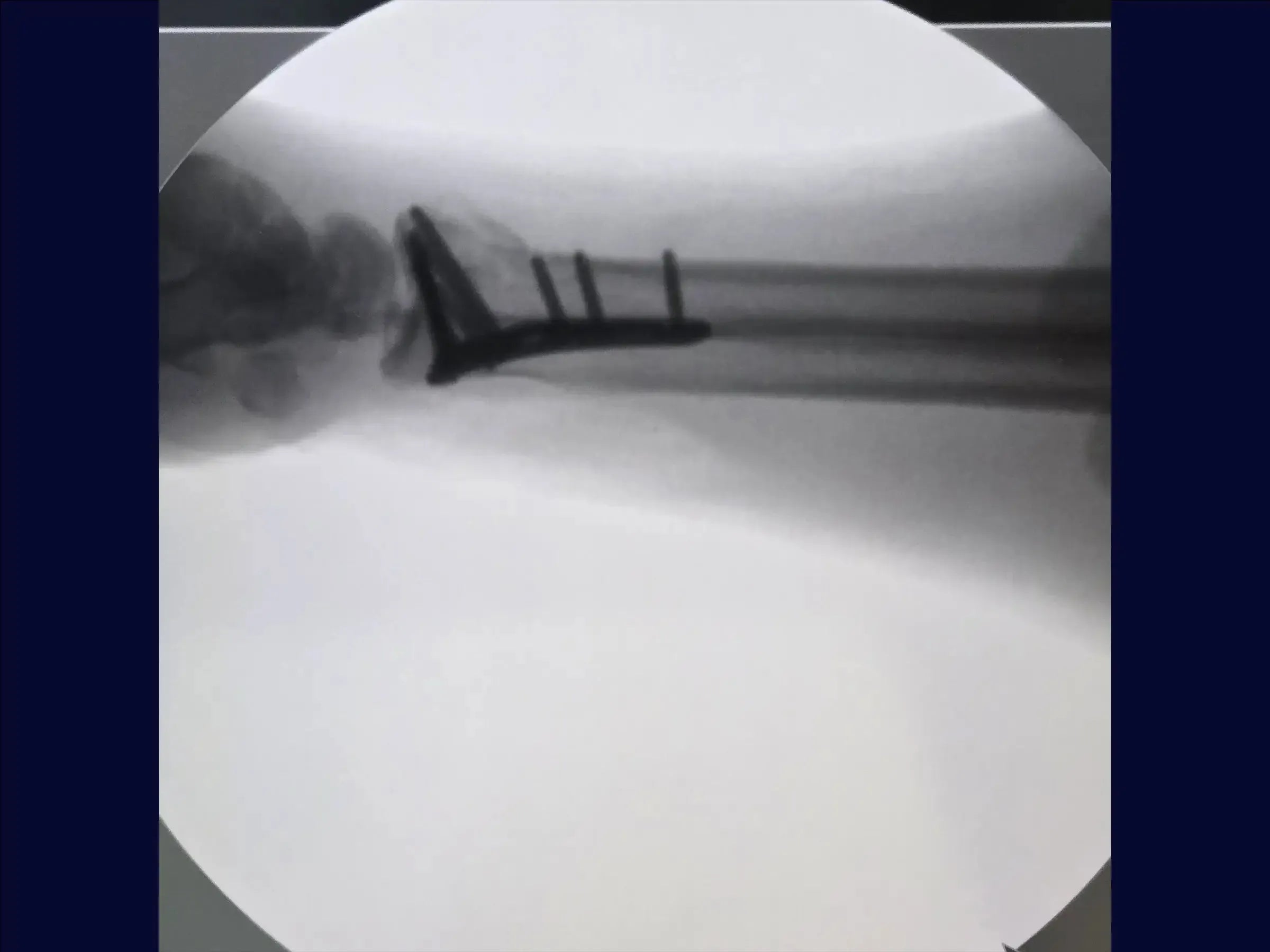
Distal Third Radius Fracture (Volar Approach)
Master the treatment of radius fractures with surgical immersion and 4K technology for functional results.


Videos em 4k
Dublagem Profissional
Escolher opções







Descrição
Master the surgical treatment of distal radius fractures with dorsal and volar comminution, and dorsal angulation. This training offers a hands-on immersion in a volar approach, starting with provisional fixation of the fracture, followed by careful dissection of the planes and tendons, leading to osteosynthesis with a plate, aiming for anatomical reduction and stability for the patient's functional recovery.
Training Focus:
- Surgical treatment of distal radius fractures with comminution and dorsal angulation.
- Volar approach for reduction and fixation.
- Provisional fixation of the fracture.
- Careful dissection of the planes and tendons.
- Osteosynthesis with a plate for anatomical restoration.
Detailed Content:
- Provisional Fixation and Assessment: The training begins with the manual reduction maneuver and provisional stabilization using a 2.5 mm Kirschner wire, aiming for a good initial positioning of the fracture.
- Volar Surgical Access: The access is made with an incision over the radial flexor of the wrist. The section of the fascia covering this tendon is addressed, and careful progression of dissection, layer by layer, is performed to avoid muscle cuts and bleeding. The radial artery is located, and the long flexor of the thumb and the pronator quadratus are identified. A needle is used to pinpoint the exact joint location, delineating the distal limit of the approach. It concludes with an L-shaped incision on the pronator quadratus.
- Radio Exposure and Plate Implantation: The radio is exposed, and a dislocator is used to prepare the plate bed. With the fracture already reduced by provisional fixation, the placement of screws must respect the radial inclination to avoid intra-articular positioning. It is recommended to maintain the reduction manually or use additional wires to prevent loss of reduction.
- Closure and Results: The access through the pronator quadratus is sutured to cover the plate. The final result is satisfactory, with well-positioned screws, maintained radial inclination, and well-fixed fracture. The closure is performed in layers up to the skin.
Included Material:
- Detailed PDF: Covers provisional fixation, volar surgical access, exposure of the radius and plate implantation, and closure and outcomes. It also includes a practical summary of the procedure with the key points.
Enhance your wrist surgery skills. Enroll now and master the techniques for treating distal radius fractures, ensuring anatomical reduction and stability for your patients' functional recovery.

